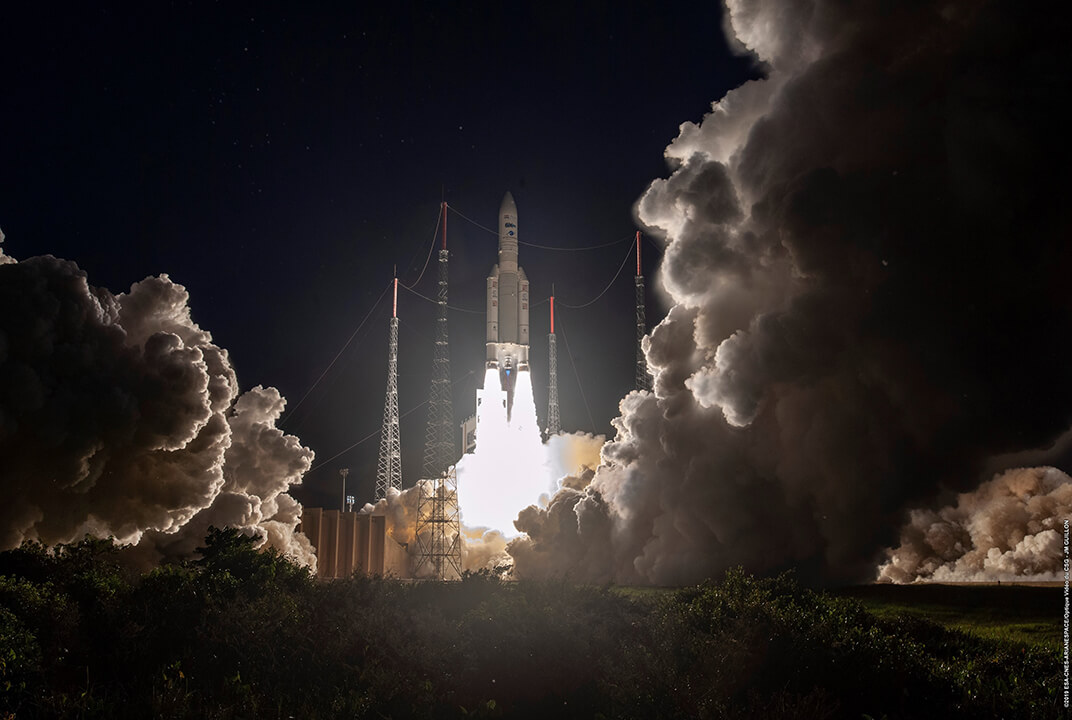POWER. AGILITY. GAME-CHANGING CAPABILITIES.
So much of the focus in satcom technology is on what happens in space, but our activities on Earth are just as important.
When one of our customers wants to get online, the signal from their terminal travels to one of our satellites positioned 22,236 miles (35,786km) up in space. From there it is beamed down to a satellite access station (SAS) on the ground to be processed and delivered via a data centre to its destination – whether that’s the internet, a landline or mobile phone, an office network or another Inmarsat terminal. All in less than one second.
As we launch additional satellites of unprecedented power and agility to meet future demand for global mobile connectivity, our ground network of satellite access stations is being expanded to keep pace. By the end of the two-year programme, 28 large antennas – each nine metres-plus in diameter – will be operational at 15 SAS strategically located around the world.
A critical part of our investment in the ground network has been the development of a high-speed, global software-defined network (SDN) and the use of Networks Function Virtualisation (NFV).
SDN manages all parts of the network – our ground stations, data centres and meet-me points – and automates and synchronises many tasks. NFV enables many of the routing, management and security functions to be software-driven and hosted within the cloud. Together, these two technologies allow us to scale and meet existing and future needs of our higher capacity satellite systems and network services.
Network Operations Centre
The Network Operations Centre (NOC) at our HQ in London is responsible for the co-ordination of all network activities, constantly monitoring the ground network to ensure we stay online.
Our sophisticated technology enables the NOC team to increase capacity in any part of the world – for example, in the event of a natural disaster when demand from emergency responders and media users in a particular region increases.

